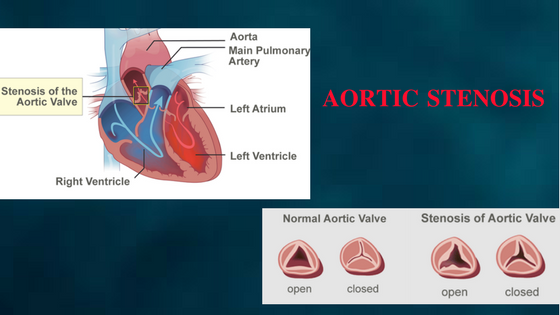
Facts on Brown Recluse Spider Bite: Most spiders are absolutely harmless to humans. There are more than 20,000 unique types of spiders are present, out of which 60 are capable of biting humans. From which only four are known to be dangerous to people: the brown recluse , the black widow, the hobo or aggressive house spider, and the yellow sac spider. Inside this select group, diseases and the rare report of death is cause only due to the brown recluse and the black widow spider. Brown Recluse Bite Causes: The brown recluse venom is known to be extremely poisonous , much more powerful than that of a poisonous snake. However less illness caused by recluse venom than a rattlesnake bite. The venom of the brown recluse is more toxic to cells and tissues. This venom is normally a collection of enzymes. The destruction of local cell membranes caused when one of the specific enzymes released in to the individuals skin, which disrupts the integrity of tissues and leading ...


